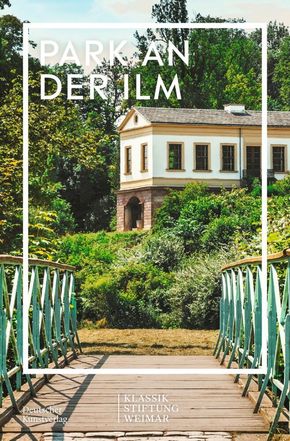
| Verlag | Deutscher Kunstverlag |
| Auflage | 2021 |
| Seiten | 144 |
| Format | 15,4 x 1,2 x 23,2 cm |
| Großformatiges Paperback. Klappenbroschur | |
| Gewicht | 422 g |
| Reihe | Im Fokus |
| ISBN-10 | 3422986995 |
| ISBN-13 | 9783422986992 |
| Bestell-Nr | 42298699A |
Der Park an der Ilm als Teil des Ensembles UNESCO-Welterbe "Klassisches Weimar" ist heute gleichermaßen Gartendenkmal wie Erholungsort. Der Band beschreibt die beispielhafte Entwicklung der anfangs barocken Anlage in der Zeit Goethes zum Landschaftspark im englischen Stil mit den für die Epoche 1770 bis 1830 typischen Entwicklungsphasen. Neben dem Wörlitzer Park entwickelte sich dieser Garten zu einem der modernsten seiner Zeit in Deutschland. Im Gegensatz zu vielen anderen zeitgenössischen Anlagen verzichtete man in Weimar weitestgehend auf allegorisches Beiwerk und setzte auch Denkmale und Architekturen eher sparsam ein. Das abwechslungsreiche Gestaltungs- und Raumkonzept aus künstlerisch geformten und zugleich natürlich anmutenden Partien ist bis heute prägend.
Klappentext:
As part of the ensemble UNESCO World Heritage Site "Classical Weimar" the Park an der Ilm is equally a preserved garden and a place of recreation. The book describes the exemplary development from what was initially a baroque complex at the time of Goethe to a landscaped park in the English style and undergoing the phases of development typical for the epoch from 1770 to 1830. In addition to the Wörlitzer Park this garden developed into one of the most modern of its age in Germany. Unlike many other contemporary gardens in Weimar here they largely managed without allegorical accessories and were also sparing as regards monuments and architecture. Today, the garden is still characterized by a highly varied design and spatial concept comprising components that though artificially shaped still appear natural looking.
